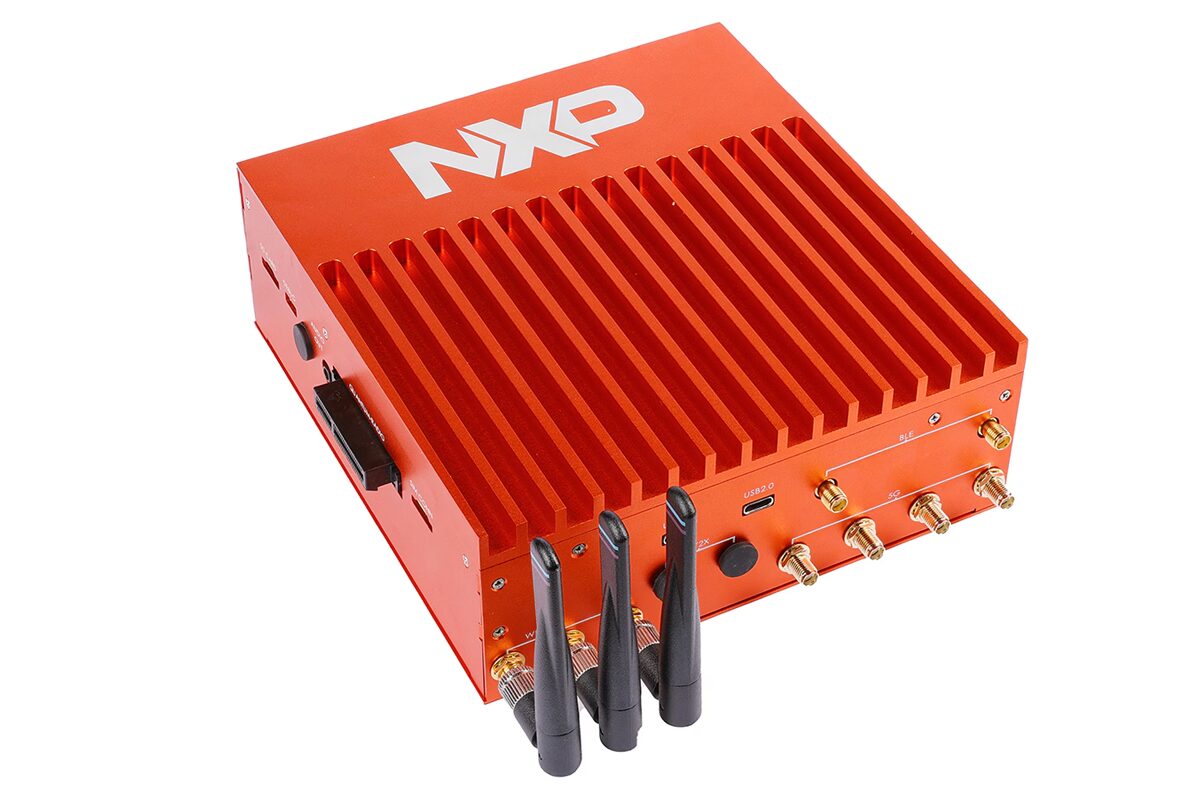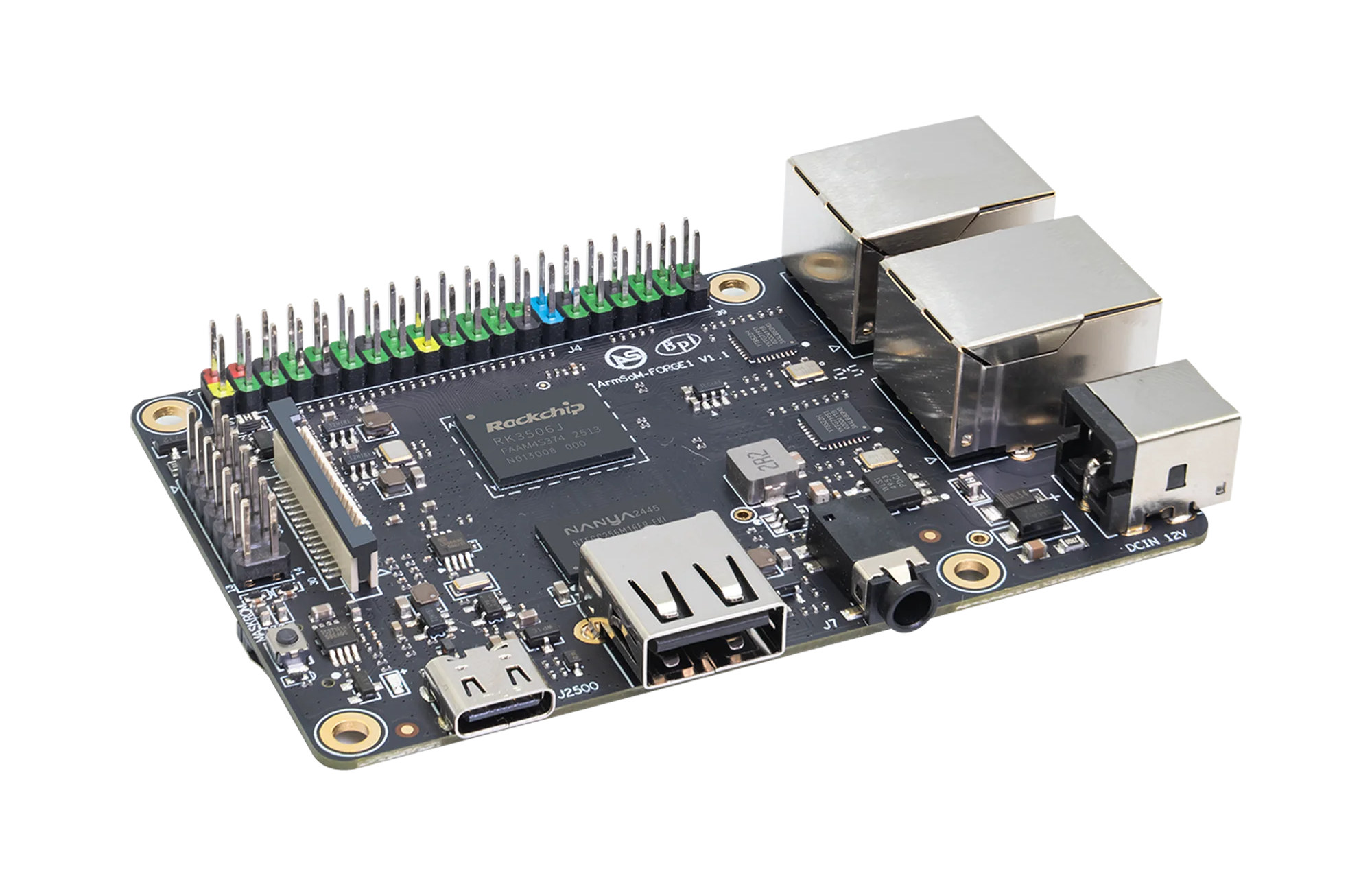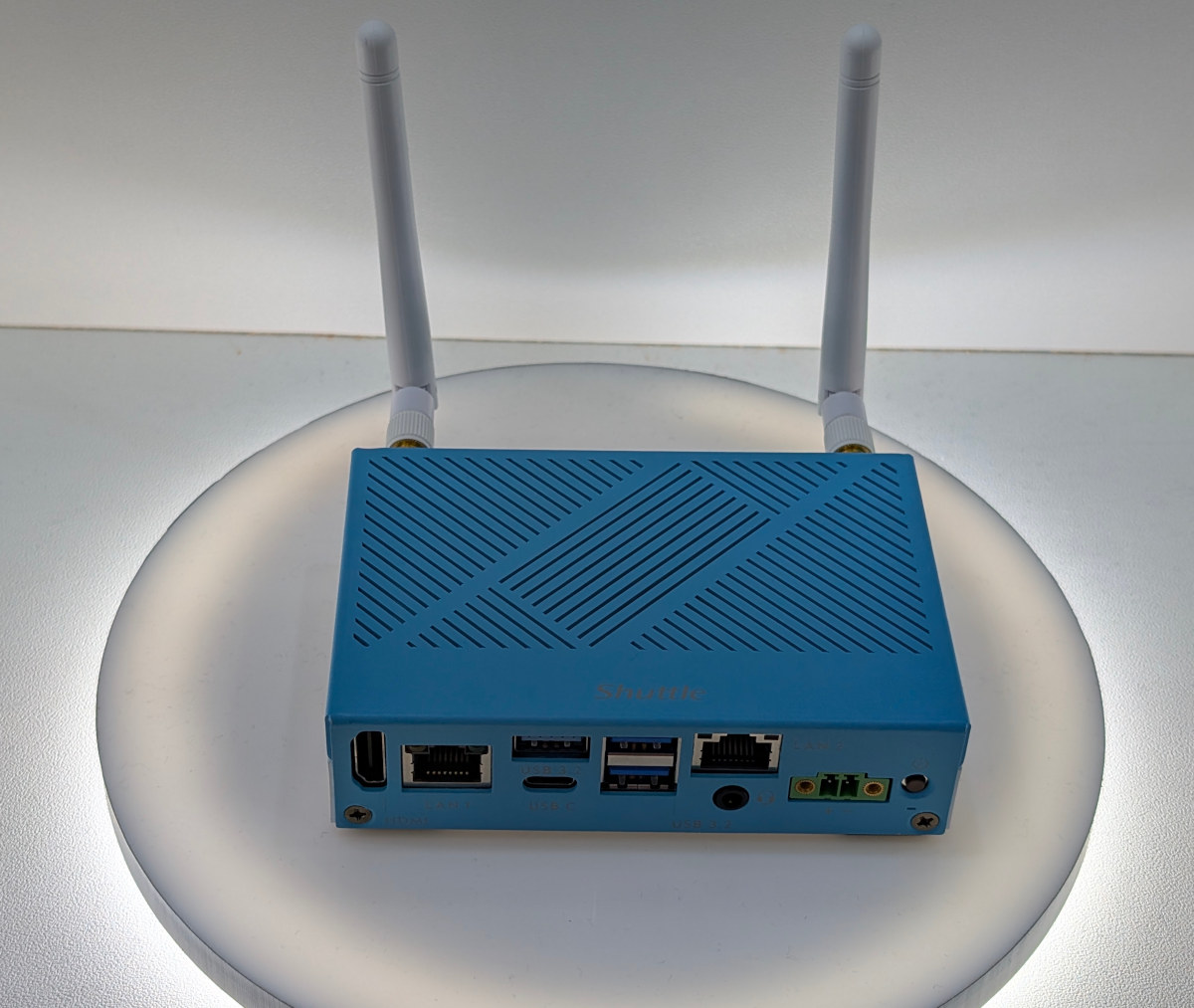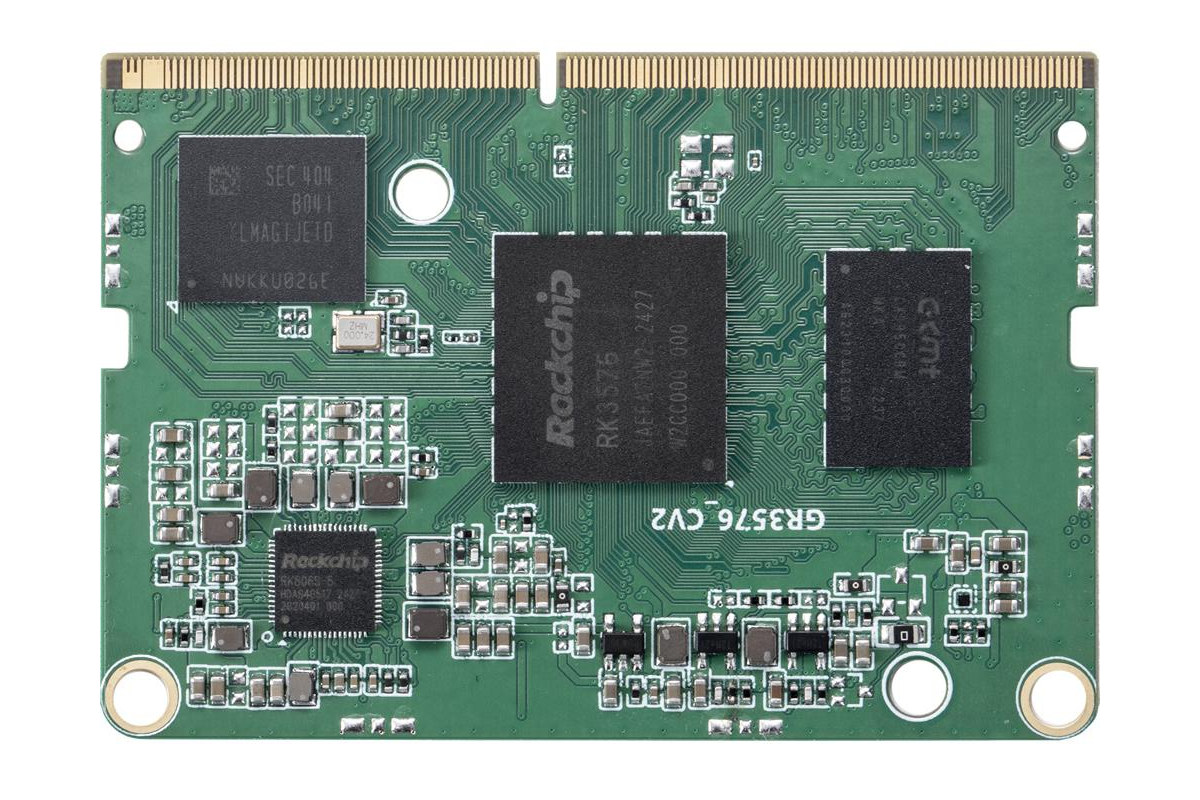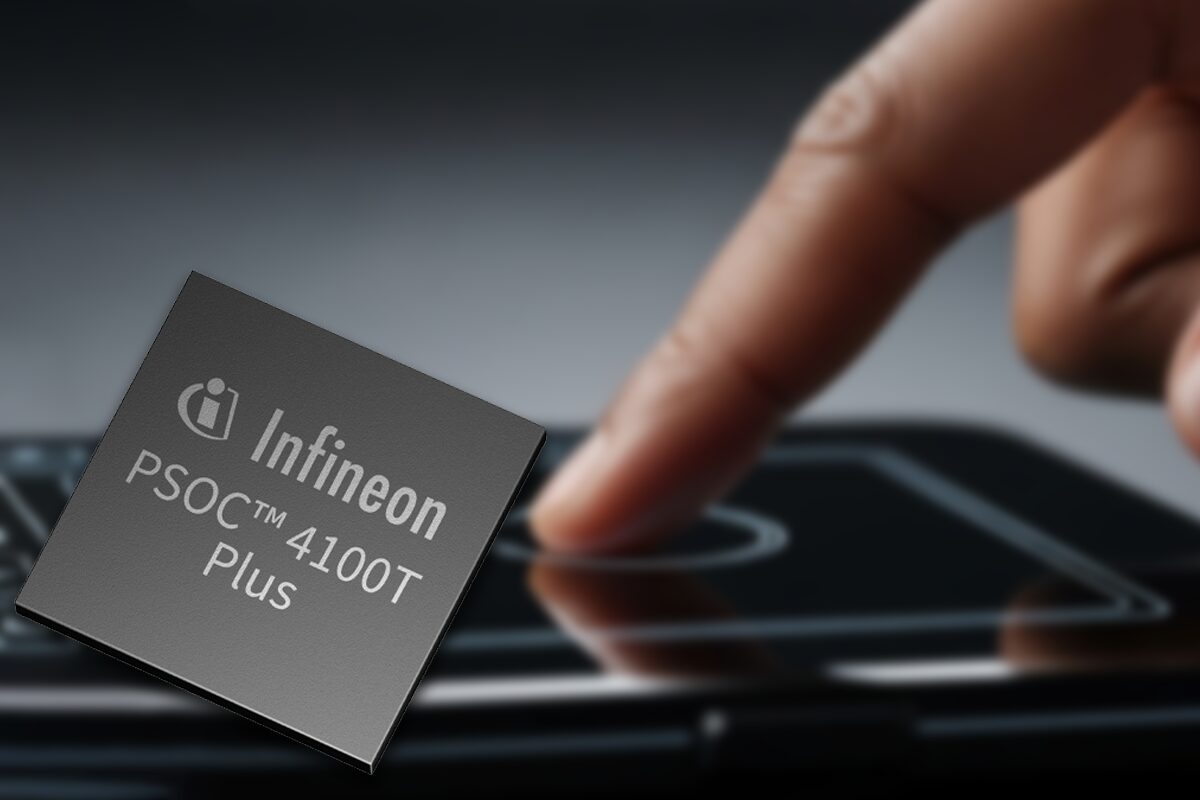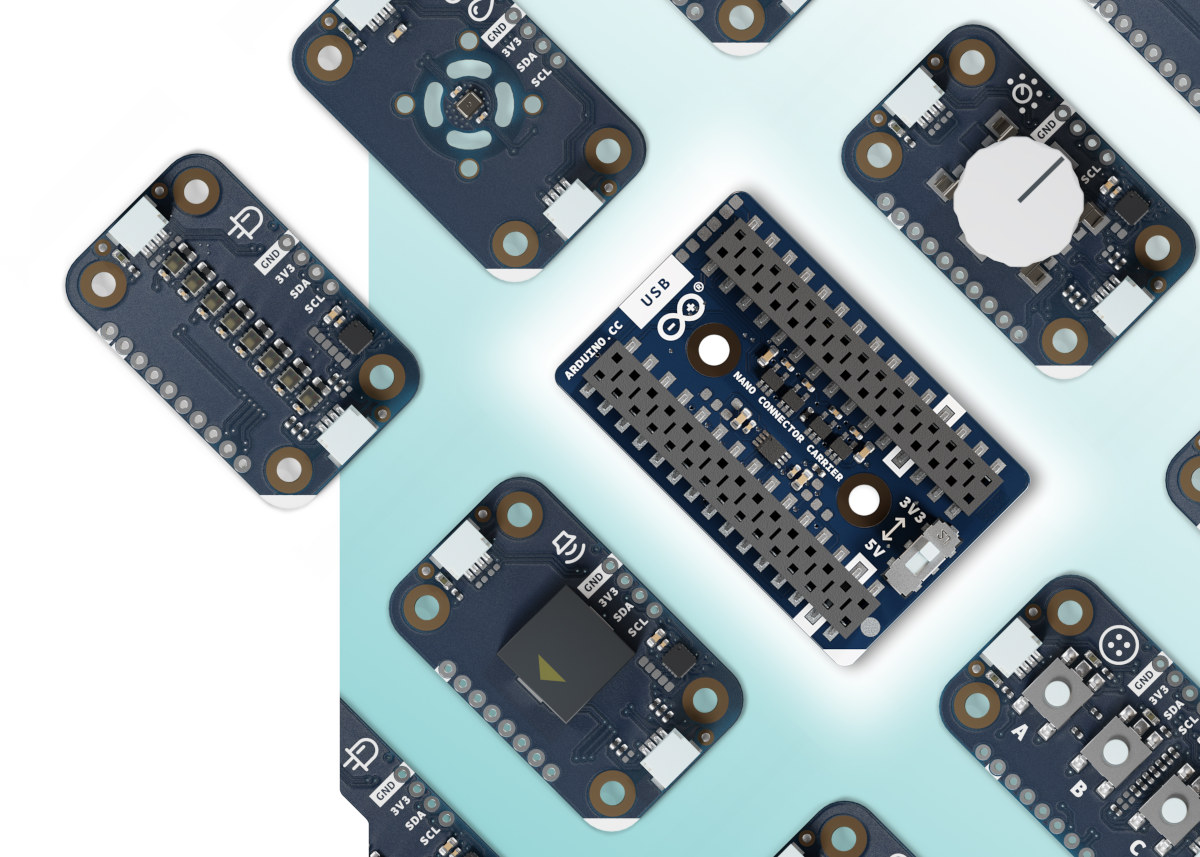Linus Torvalds has just announced the release of Linux 6.15: So this was delayed by a couple of hours because of a last-minute bug report resulting in one new feature being disabled at the eleventh hour, but 6.15 is out there now. Apart from that final scramble, things looked pretty normal last week. Various random small fixes all over, with drivers as usual accounting for most of it. But we’ve got some bcachefs fixes, some core networking, and some mm fixes in there too. Nothing looks particularly scary. And this obviously means that the merge window opens tomorrow as usual, and I see the usual people being proactive and having sent me their pull requests. It’s memorial day tomorrow here in the US, but like the USPS, “neither snow nor rain nor heat nor gloom of night” – nor memorial day – stops the merge window. [ Actually, thinking back […]
NXP OrangeBox 2.0 V2X automotive domain controller features NXP i.MX 94 SoC
NXP OrangeBox 2.0 is an NXP i.MX 94-powered V2X (Vehicle-to-Everything) automotive domain controller development platform designed for modern vehicles. It works as a centralized controller between the vehicle’s gateway and its wired and wireless technologies, with features like Wi-Fi 6/6E, Bluetooth 5.3, UWB, 5G cellular, and secure car access for automotive zone controllers, smart car access systems, and V2X communication systems. It’s the first i.MX 94 platform we’ve covered here, and NXP says the OrangeBox 2.0 delivers up to 4x the performance of its predecessor – the OrangeBox – based on an NXP i.MX 8XLite SoC. The i.MX 94’s Cortex-A55, Cortex-M7, and Cortex-M33 cores, and the eIQ Neutron NPU enable AI features such as an intelligent firewall and predictive maintenance. For cybersecurity, it includes post-quantum cryptography support, an EdgeLock secure enclave, and a functional safety island that meets ISO 26262 ASIL-B standards. Connectivity options include dual 2.5 Gbps and triple […]
$24 Banana Pi BPI-Forge1 industrial SBC is powered by Rockchip RK3506J tri-core SoC
The Banana Pi BPI-Forge1, also known as the ArmSoM Forge1, is an industrial SBC (single board computer) powered by the Rockchip RK3506J triple-core Cortex-A7 processor designed for Smart Audio, HMI, and factory automation applications. The Forge1 is equipped with 512MB RAM, 512MB NAND flash, two Fast Ethernet ports, a MIPI DSI display connector, USB Type-A and Type-C ports, an audio jack, a 40-pin GPIO header partially compatible with Raspberry Pi HATs, and a 14-pin header with speaker output, microphone input, RS-485, and CAN Bus. Banana Pi BPI-Forge1 specifications: SoC – Rockchip RK3506J CPU 3x Arm Cortex-A7 core up to 1.5 GHz Arm Cortex-M0 real-time core GPU – 2D GPU only No VPU, no NPU System Memory – 512MB DDR3L Storage 512MB SPI NAND flash MicroSD card Display Interface – 2-lane MIPI DSI connector up to 1280 x 1280@ 60FPS Audio 3.5mm audio jack Speaker and Mic via expansion header Networking […]
Shuttle unveils Intel Twin Lake/Amston Lake IoT gateway and Mini PCs, Qualcomm Snapdragon X Plus / Elite AI mini PC at Computex 2025
Shuttle showcased a wide range of devices at Computex 2025, including the FTL1 IoT Edge Twin Lake/Amston Lake mini PC/gateway, the XPC Nano NE20N/NE10N Twin Lake/Alder Lake-N mini PCs, the XPC Nano AI Mini PC G1 powered by a Qualcomm Snapdragon X Plus / Elite Arm SoC, and the XPC Fanless DL40N/DL30N with Intel Twin Lake and Alder Lake-N processors, respectively. Shuttle FTL1 IoT Edge gateway FTL1 specifications: SoC (One or the other) Intel Processor N150 Twin Lake SoC with Intel UHD Graphics Intel Atom x7211RE Amston Lake SoC with Intel UHD Graphics System Memory – DDR5 4800 MT/s, up to 16 GB (note: It should be able to handle up to 64GB DDR5 memory) Storage – M.2 SATA or PCIe socket Video Output – HDMI up to 4096 x 2160 @ 60Hz) DisplayPort via USB Type-C Networking 2.5GbE RJ45 port (Intel controller), optional 2nd LAN port Optional WiFi and […]
Graperain GR3576_CV2 – A Rockchip RK3576 260-pin SO-DIMM SoM with up to 16GB RAM
Graperain GR3576_CV2 is a 260-pin SO-DIMM system-on-module (SoM) powered by a Rockchip RK3576 octa-core Cortex-A72/A53 SoC with a 6 TOPS NPU, and equipped with up to 16GB RAM and 256GB eMMC flash. The module supports up to six different display interfaces from HDMI to EBC for e-Paper displays, three camera inputs, a range of audio inputs and outputs, as well as USB 3.2, PCIe 2.1, and SATA interfaces, and plenty of other I/Os. Graperain GR3576_CV2 specifications: SoC – Rockchip RK3576 CPU – Octa-core CPU with 4x Cortex-A72 cores at 2.2GHz, 4x Cortex-A53 cores at 1.8GHz GPU – Arm Mali-G52 MC3 GPU with support for OpenGL ES 1.1, 2.0, and 3.2, OpenCL up to 2.0, and Vulkan 1.1 NPU – 6 TOPS (INT8) AI accelerator with support for INT4/INT8/INT16/BF16/TF32 mixed operations. VPU Video Decoder H.265, VP9, AV1, and AVS2 up to 8Kp30 or 4Kp120 H.264/AVC and MJPEG up to 4Kp60 Video […]
Infineon PSoC 4100T Plus multi-sense Arm Cortex-M0+ MCU supports ML-based liquid level sensing, wake-on-touch with 8µA deep sleep mode
Infineon PSoC 4100T Plus is a new low-power Arm Cortex-M0+ MCU designed for battery-powered or low-power embedded systems that require advanced capacitive touch and proximity sensing. The microcontroller comes with 128 KB of flash, 32 KB of SRAM, and an 8 KB ROM. One of the most interesting features of this MCU is Infineon’s fifth-generation CapSense MSCLP technology, which enables high-resolution, low-power capacitive sensing even in deep sleep mode (as low as 8 µA). Its capacitive sensing uses both self and mutual capacitance methods, supported by analog front-end filtering, sigma-delta modulation, and digital filtering techniques, delivering a signal-to-noise ratio greater than 5:1 for accurate detection. The MCU supports gesture detection, human-machine interfaces (HMI), and smart sensing applications, making it ideal for wearables, consumer devices, and IoT systems. Additional features include a 12-bit 1-MSps SAR ADC, six TCPWM blocks, smart I/O with programmable logic functions, multiple UART/I2C/SPI interfaces, and up to […]
Arduino launches Nano Connector Carrier and seven Modulino expansion nodes
The Arduino Nano Connector Carrier is a compact add-on board designed for the Arduino Nano boards to allow easy connection to Qwiic, Grove, and Modulino expansion modules. The company also announced seven new Modulino nodes that are available individually for user input (e.g. button, knob), sensors (IMU, ToF), audio output, and a short RGB LED strip. Arduino Nano Connector Carrier specifications: Storage – MicroSD card reader (SPI) Expansion Interfaces 4x Grove analog/digital I/O connectors – 2x analog, 1x I2C, 1x UART Qwicc I2C connector Double female board header for Arduino Nano series boards I/O Voltage – Switch between 3.3V and 5V Dimensions – 43 x 28 mm The board works with Seeed Studio Grove modules and Arduino Modulino nodes connected over the Qwicc connector: Modulino Knob – a rotary encoder with push button Modulino Pixels – 8x addressable RGB LEDs Modulino Distance – a time-of-flight (ToF) sensor to measure proximity […]
Silicon Labs SiXG301 and SiXG302 “Series 3” wireless SoCs are built for line-powered and battery-powered IoT applications
Silicon Labs has just introduced the first 22nm Series 3 SoCs with the SiXG301 and SiXG302 Arm Cortex-M33 multiprotocol wireless SoCs designed for line-powered and battery-powered IoT devices, respectively. The SiXG301 is offered with 4MB flash and 512 KB SRAM, embeds an LED pre-driver for advanced LED smart lighting and smart home products, and supports 2.4 GHz wireless protocols such as Bluetooth, Zigbee, and Thread with support for Matter. The upcoming SiXG302 Bluetooth and Matter SoC offers an ultra-low-power consumption using only 15 µA/MHz active current, or 30% lower than competitive devices in its class, and as such is ideal for battery-powered wireless sensors and actuators. We’ll be focusing on the SiMG301 multi-protocol SoC and SiBG301 Bluetooth LE SoC in this article since the details are sparse for the SiXG302 parts (SiMG302 and SiBG302). Silicon Labs SiMG301 / SiBG301 specifications: MCU Core – 32-bit Arm Cortex-M33 with DSP instructions and […]



